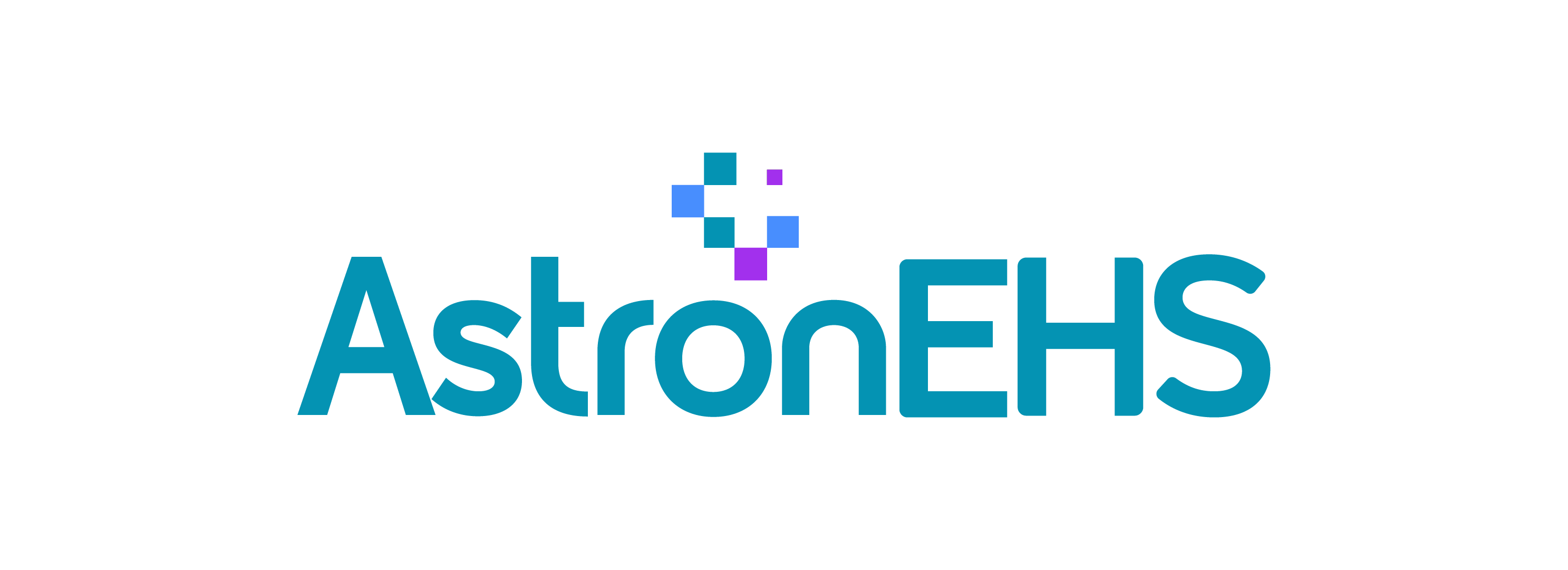Even with consistent sales and development, your business’s growth could be slowed down or prevented if it experiences ongoing cash flow problems because of poor accounts receivable Collection.
According to a Bookkeeping survey, nearly one-third of businesses discover that they are unable to pay their suppliers, make loan payments, or pay themselves or their staff.
Insufficient cash flow forced more than a quarter of businesses to decline a sale or opportunity, according to the research.
Aaron Dyer, regional manager of business banking at City National Bank, stated that while there are many factors that go into running a successful business, cash flow is what keeps it going.
If you have enough cash flow, you can keep growing, whether you want to buy your company’s building so you can stop renting and start earning another source of income, or you want to modernize your company’s technology and need money to lease equipment.
Effective account receivable management for small businesses includes a systematic procedure for collecting receivables as well as methods for identifying potential problems with cash flow and resolving them before they have a negative impact on the company.
Calculate Your Art Using An A/R Aging Report.
Finding out the current payment status of all of your accounts receivable is the first step in taking charge of your collection operations.
This is accomplished by generating an accounts receivable (A/R) aging report, which will monitor and assess the status of each customer’s payment.

Depending on how many days have passed since the invoice was sent, accounts are divided up as follows:
- 0-30 days
- 31-60 days
- 61-90 days
- more than 90 days
The due sums are also listed in the report. This report can assist in addressing any potential issues before the bill goes past due if it is updated and reviewed on a regular basis.
“A key component of the business’s weekly management is the financials and accounts receivable aging report,” stated Dyer.
Calculating your organization’s Accounts Receivable Turnover (ART) ratio, or the frequency with which your company collects its typical accounts receivables is another useful tool.
Net Annual Credit Sales ÷ ((Beginning Accounts Receivable + Ending Accounts Receivable) / 2)
For example, if you have an ART of 10, that means your average account receivable was collected in 36.5 days.
This calculator assesses your company’s capacity to extend credit and make timely payments.
A high ART ratio can show that your business has an effective accounts receivable collection procedure, while a low ratio can show that you need to review your collection approach and consider which customers you are giving extended terms of credit to.
Compared to the A/R Aging Report, this approach enables a quicker examination of accounts receivable.
Be Proactive In Your Invoicing And Collections Efforts
Making sure everyone is on the same page regarding payment deadlines, amounts due, and payment methods is one of the crucial stages to ensuring on-time payment.
This talk often takes place when a company becomes a client for the first time, but it can also occur if your process for collecting accounts receivable has changed or if a client is consistently past due and you need to realign expectations.

Additionally, make sure that paying invoices for your client is as simple as you can make it. To avoid your client’s accounting department flagging an invoice for additional scrutiny, make sure your invoices are clear and full, without any missing details.
Move Fast On Past-Due Receivables
As a result, if you are aware of any past due receivables and can take early action, your company will have the highest chance of collecting.
Whoever you select to handle your accounts receivable ought to be aware that they must get in touch with the client the moment a payment is past due.
If your business has a policy on late payments, politely remind the client of any fines they might incur for future late payments.
Open communication with customers can help your company develop stronger client relationships and also help you figure out why a payment was late so you can avoid it in the future.
Consider Offering An Early Payment Discount
A 2/10, net/30 discount, where clients get a 2 percent discount if they pay within 10 days rather than 30, is an additional tool for managing accounts receivable.

“The industry determines this type of discount. That 2 percent discount may amount to a substantial sum of money to your potential customer if you work in a sector with extremely low-profit margins where every dollar counts “Added Dyer. Offering and promoting early payment is vital and can be highly beneficial in enhancing cash flow where a business is able to do so.”
In order to determine whether this would be a practical choice for your company to execute, based on your particular industry, Dyer suggested that you consult either banking experts or industry professionals.
Consider Offering A Payment Plan
After receiving several payment reminders, a past-due client may let you know that they are having trouble with their cash flow and require an extension to pay their debt.
If this occurs, you might think about presenting the client with a payment plan for their unpaid sum.
Setting up a payment schedule and being accommodating is beneficial, especially when it comes to retaining long-term customers, according to Dyer.
It is crucial to document the plan’s details and have both parties sign the document. Make all upcoming sales COD (cash on delivery) up until the whole amount is owing.
Diversify Your Client Base
When it comes to accounts receivable collections, small businesses frequently lose out to larger organizations which sometimes extend their payment terms to vendors and suppliers by up to 90 or even 120 days. This is especially true when small firms are doing business with these corporations.
Although partnering with major stores might be fantastic, Dyer believes that client variety is crucial.

As a bank, we value diversification since it “said he. “We adore it when people have deals with Target or Walmart in addition to smaller clients because it makes managing cash flow for the company easier.”
Focus on obtaining more small clients and making sure they pay on time if you have a few major clients who frequently pay later than a 30- or 45-day timeframe to maintain a solid cash flow while you wait for the longer-term payments.
Talk To Your Bank About Cash Management Tools
You may increase collections and manage your cash flow cycle more effectively with the help of the many cash management services that banks provide.
Implementing electronic payments for your clients using Automated Clearing House (ACH) so they can pay instantly and increase your cash flow right away is one approach to getting over the “check is in the mail” defense.
Another mechanism for managing cash is a wholesale lockbox, where consumers submit checks to a specific post office box under the bank’s supervision, which the bank then collects and deposits right away.
Depending on your present clientele and business strategy, you might want to consider speaking with your bankers or other professionals in your field about the cash management solutions that might work best for you.
“Cash management is something that we approach in a variety of ways. In order to offer the finest cash management tools for our clients, we want to work collaboratively with them to understand how they currently get pa and their clientele.
You may increase efficiency throughout your company and save both you and your staff time by deploying cash management systems that enable you to handle accounts receivable Collection more accurately.
Maximize your cash flow and make accepting payments simpler.
The easier you make it for your consumers to pay you, whether by paper checks or electronic payments, the quicker you will receive your money. We can assist you with streamlining the collection procedure. To begin, get in touch with us.
